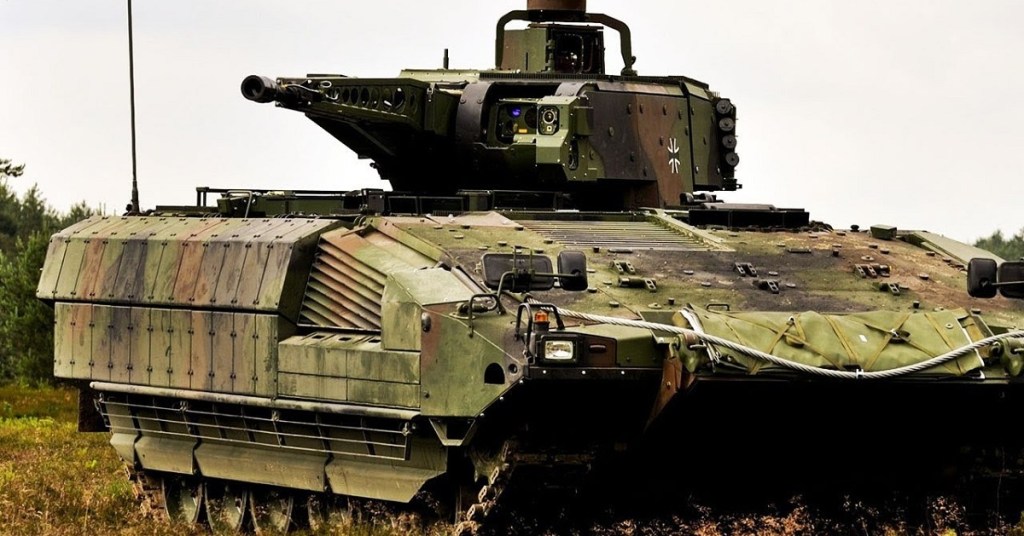
Germany introduced the world to the concept of blitzkrieg. One of the key elements to this strategy is to have a force of tanks and mechanized infantry strike deeply and (relatively) quickly behind enemy lines. This means that to successfully execute a blitzkrieg, one needs not only effective tanks, but also good infantry carriers.
For decades now, Germany has relied on the Marder to be the infantry fighting vehicle accompanying Leopard 1 and Leopard 2 main battle tanks. The Marder, which entered service in 1971, packs a 20mm autocannon, has a crew of three, and holds seven troops. However, the Marder is starting to show its age — after all, it’s about a decade older than the Bradley Fighting Vehicle. That’s where the Puma comes in.

A Puma infantry fighting vehicle in the field.
Naturally, Germany have a replacement in mind. This vehicle is called the Puma, and it’s slated to bring a few huge leaps in capability to German armor — but nothing is without its drawbacks. Like the Marder, this vehicle has a crew of three, but only carries six grunts in the rear. That’s a slight hit in one area of capability, but the Puma’s firepower makes up for it.
The Puma is equipped with a 30mm cannon (a big step up from the Marder’s 20mm gun). It also packs a 5.56mm coaxial machine gun and a 76mm grenade launcher. It can reach a top speed of 43 miles per hour and go 373 miles on a tank of gas.

The Marder infantry fighting vehicle has served Germany well for almost 50 years.
What’s most notable is that the Puma is only roughly six tons heavier than the Marder, despite the increased firepower. This is due to the use of composite armors that are both more resistant to modern weapons and weigh much less than older armor technology. This enables the Puma to be hauled by the Airbus A400.
Germany is planning to have 320 Pumas delivered by 2020 to replace the Marder. Export possibilities abound, particularly to Canada, which is looking for an infantry fighting vehicles to pair with its Leopard 2 tanks.